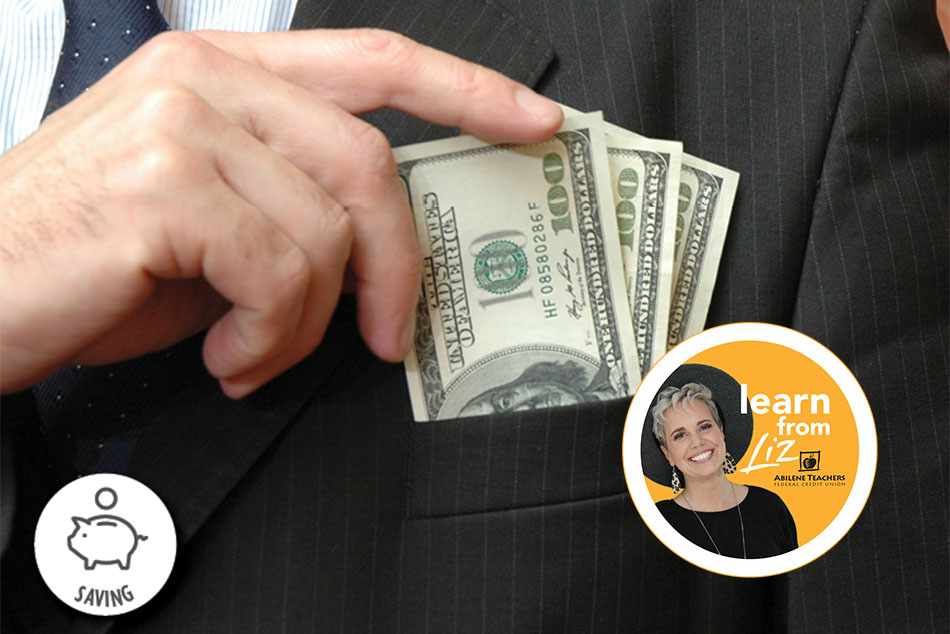12 Steps to Financial Wellness – Step 8: Know When and How to Indulge

Have you ever heard about how to indulge responsibly? I am pretty sure I haven’t but it makes so much sense. We have already worked on 7 different steps to help us on our financial wellness journey (and if you haven’t, go back and ready Step’s 1-7 before moving to Step 8) that may seem like just a bunch a rules and no fun but in this step we will learn how to do just that. We are going to talk about how to indulge while staying on track!
Living a life of financial wellness means being happy with a lifestyle that’s within your means, but doesn’t leave you feeling like you’re lacking. At the same time, financial wellness means money choices are governed by discipline and not by emotion. So how do you strike a balance between the two?
Here’s how to indulge responsibly:
Live With a Budget
To do this, track your spending for three months. Next, make a list of all your expenses and list your income in a parallel column. Tally up your totals and assign a realistic dollar amount to each expense. Going forward, be sure to only spend within the allocated amount for each expense category. If you have been following along each month you know we have already covered both of these in Step 1 and Step 2. If you have not gone over those yet, do so now before moving on.
Leave Room in Your Budget for ‘Just for Fun’ Items
As you work on building a budget, leave room for the occasion your budget for “just for fun” purchases and treats. The exact amount will vary by income level, lifestyle and personal choice. However, wisely choose an amount you can afford without feeling deprived. To ensure you don’t overspend in this area, you can borrow an idea from the money-envelope system and withdraw the designated amount from your account at the beginning of the month. Place this cash in an envelope, and use it as necessary. When the money’s gone, so is your “allowance” for treats this month. It is important to note that the indulgences referenced here are spontaneous buys or small purchases that aren’t part of your normal budget. Large purchases should be planned and saved for, using an entirely different category.
Review Your Savings
Before giving yourself permission to indulge, make sure you’re setting aside some of your monthly income to savings. Ideally, short-term savings (aka emergency savings) should be enough to keep you afloat for 3-6 months if you have no source of income. Long-term savings should be sufficient to support your retirement and any long-term savings goal you may have. We have an awesome savings coach to help you learn how to save with a purpose if you would like to work through it for help.
Choose your “Treats”
Everyone’s got a personal vice or three. Take a look at where your non-discretionary money went over the last month or two. Highlight the more expensive impulse buys and hold these purchases up to these questions:
- Did this purchase bring me happiness or positive energy the day I bought it? How long did that feeling last?
- Did this impulse buy blow my budget?
- Does thinking about this purchase now fill me with joy, guilt or something else?
- If I found myself in the same circumstances today, would I make that purchase again?
Lose the Guilt
Once you’ve decided how much you want to spend each month on indulgences you can afford, it’s time to let go of guilt. If you’re spending responsibly and you’ve already fed your savings as well as your future, there’s no need to eat yourself up over an impulse buy you could have done without. As long as you’re keeping these just-for-fun purchases within your budget and your choices fill you with happiness or positive energy, you can still maintain your financial wellness.
In Conclusion
Remember that it is ok to indulge a bit as long as you are doing so responsibly. I have a family member who is a great budgeter and probably has enough money saved to live comfortably for the rest of their life. But they are so strict with spending that they live in a poverty mindset and never want to spend money on anything or anyone. It isn’t healthy for a person to never spend any money on enjoyable activities. Now we’re back to that balance we talked about earlier! You can’t just spend all your money because it makes you happy and you get a “high” from spending. But it’s not much better to be such a penny pincher and never enjoy the fruits of your labor. Having a healthy balance is the key to living a happy, financially stable life!


